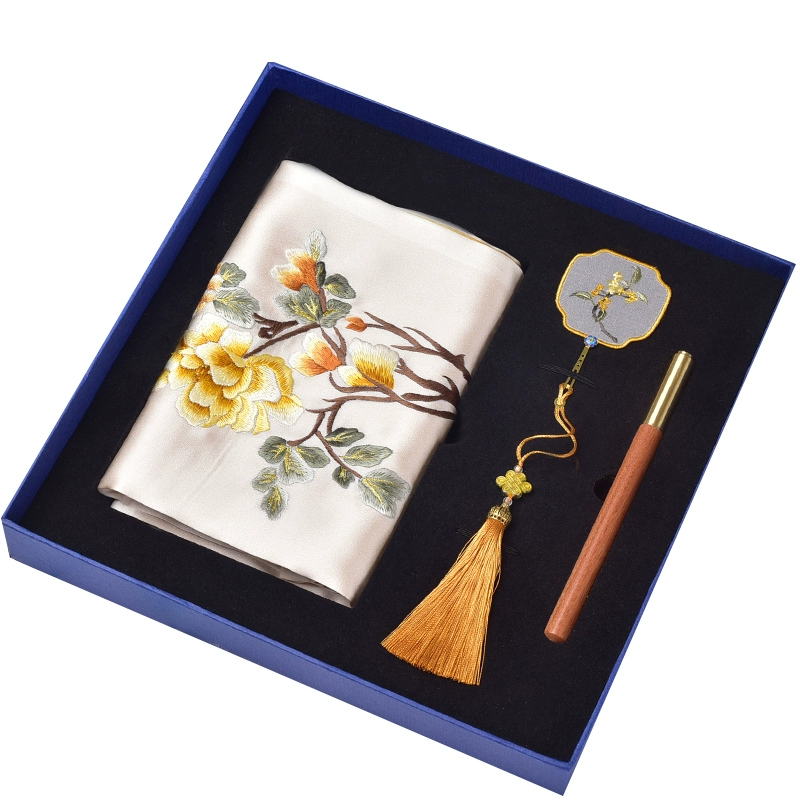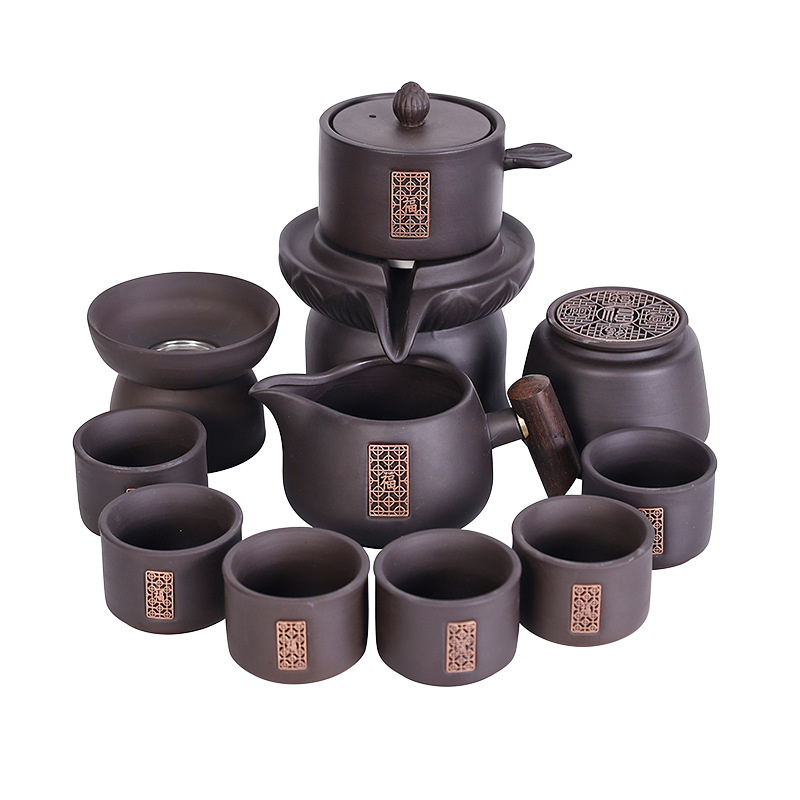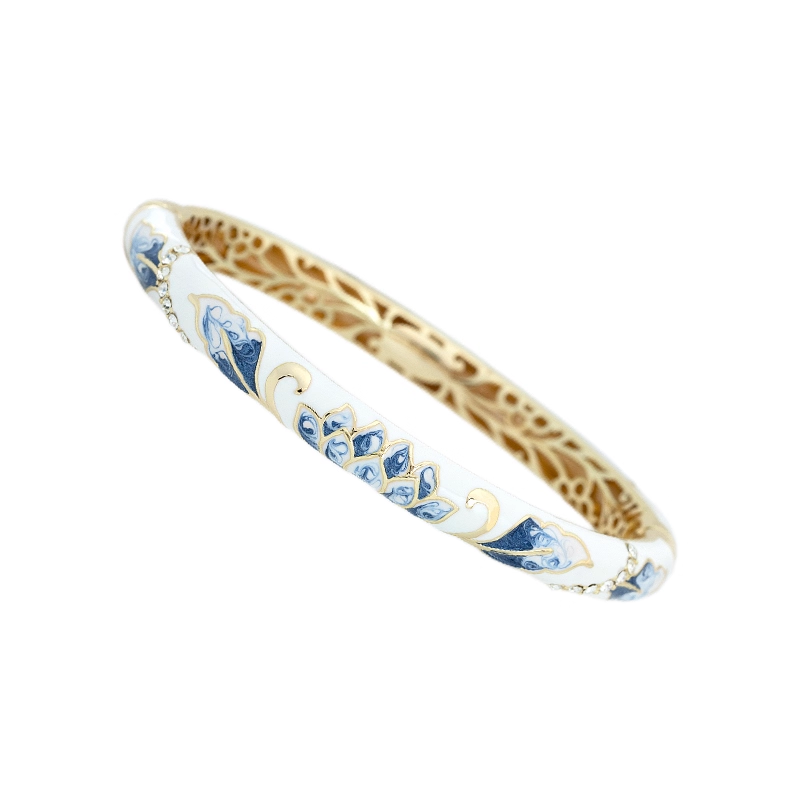Cloisonné (Jingtai Blue): A Royal Craft Legend in Gold Wires and Enamel
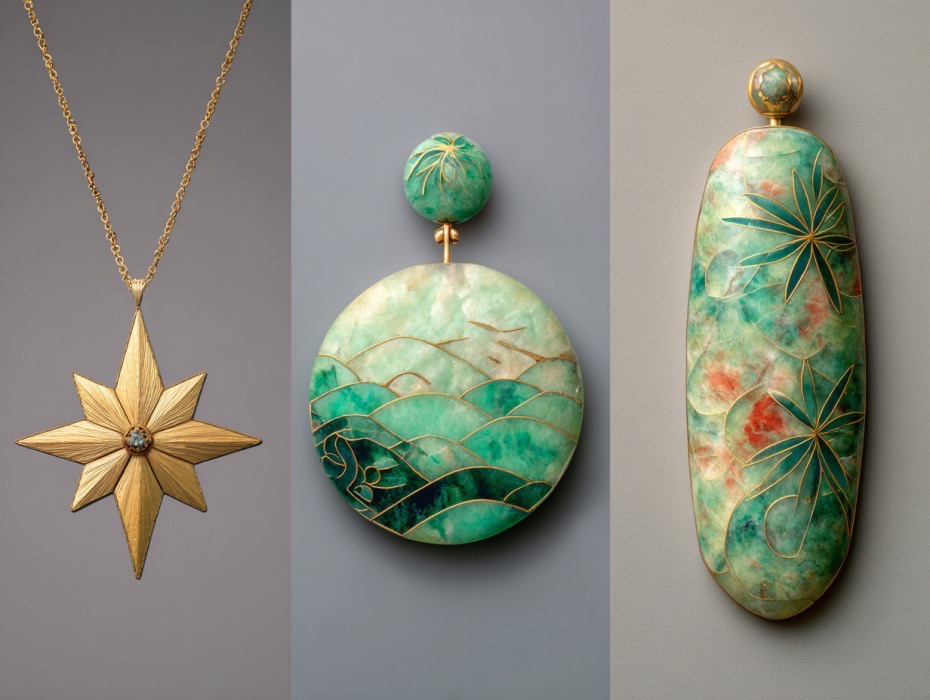
In the brilliant hall of traditional Chinese metalworking art, Cloisonné (also known as Jingtai Blue) stands as a 600-year-old royal craft treasure, celebrated for its luxurious texture of “gold wires as bones and enamel as soul” and its dazzling colors “as vibrant as gemstones and as luminous as colored glaze”. This complex craft, which integrates metal forging and enamel sintering, not only carries the aesthetic pursuit of the Ming Dynasty imperial court but also embodies craftsmen’s ultimate control over materials and colors. Today, it still conveys the dignity and exquisiteness of traditional Chinese craftsmanship to the world with a solemn and elegant demeanor.
The history of Cloisonné can be traced back to the Yuan Dynasty (1271–1368). At that time, enamel craftsmanship from Western Regions was introduced to China and integrated with local metal forging techniques, giving birth to early Cloisonné artifacts. The Ming Dynasty (1368–1644) marked the golden age of Cloisonné, especially during the Jingtai reign (1450–1457), when the craft reached its peak. Craftsmen used high-purity red copper to make the base, bent thin copper wires into intricate patterns, filled them with bright enamel glazes, and then went through repeated sintering, polishing, and gilding. The works, dominated by colors like peacock blue, gem red, and bright yellow, featured rich and vivid hues, hence the name “Jingtai Blue” coined by later generations. These artifacts became exclusive royal utensils. In the Qing Dynasty (1644–1912), Cloisonné craftsmanship further advanced. The Kangxi, Yongzheng, and Qianlong reigns all established “Enamel Workshops” dedicated to imperial production. The works not only came in more diverse shapes (from daily utensils like bowls and plates to decorative pieces like tripods and censers) but also integrated artistic elements such as painting and carving. For example, the “Cloisonné Tripod with Interlocking Lotus Patterns” from the Qianlong reign featured fine and neat copper wires and distinct enamel layers, fully demonstrating royal grandeur. In modern times, Cloisonné gradually stepped out of the imperial court and became an artwork with both collection and decorative value. After the 1950s, craftsmen innovated on the basis of traditional techniques, developing new methods like low relief and openwork, breathing new life into this ancient craft.
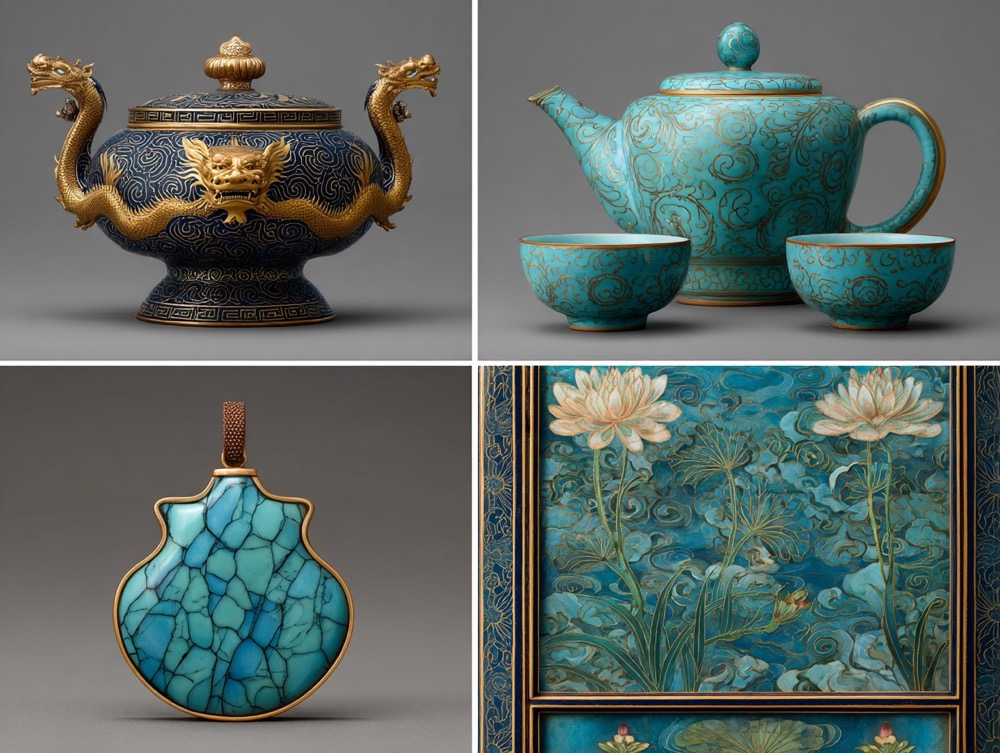
The charm of Cloisonné lies in its complex “hundred refinements to make a piece” process. From raw materials to finished products, it goes through seven core procedures, each testing the craftsman’s patience and skills. The first step is “base making”: high-quality red copper plates are cut, hammered, and welded into the desired shape. The base must be flat and free of impurities to lay a solid foundation for subsequent steps. The second step, “wire bending”, is the core of the craft. Craftsmen use tweezers to bend soft copper wires into designed patterns (such as interlocking lotus, dragon and phoenix, or cloud motifs), then stick the wires to the base surface with bletilla glue. The patterns must be smooth and tightly attached, and magnifying glasses are even used for delicate details. The third step is “enamel filling”: enamel glazes (made from quartz and feldspar as base materials, with metal oxides added for coloring) ground into powder are filled into the gaps outlined by copper wires. The glazes must be filled to the brim and leveled, and different colors are filled in separate areas. Some complex works require multiple enamel fillings to ensure rich colors. The fourth step is “enamel firing”: the base with filled enamel is placed in a kiln at about 800°C for sintering. The glazes melt into a glassy state when heated and bond tightly with the base. Since the glazes shrink after sintering, the process of filling and firing must be repeated 3–4 times to achieve the desired effect. The fifth step is “polishing”: the surface of the artifact is polished in sequence with coarse sandstone, fine sandstone, and charcoal to remove excess glaze, making the copper wires flush with the enamel surface for a smooth texture. The sixth step is “gilding”: a layer of gold is plated on the copper wires and the edges of the artifact. This not only prevents the copper wires from oxidizing but also enhances the luxury of the work. Gilding uses either “fire gilding” or “electroplating” to ensure an even and bright gold layer. The final step is “finishing”: minor adjustments are made to details, such as repairing small cracks and trimming the edges of patterns, to perfect the work.
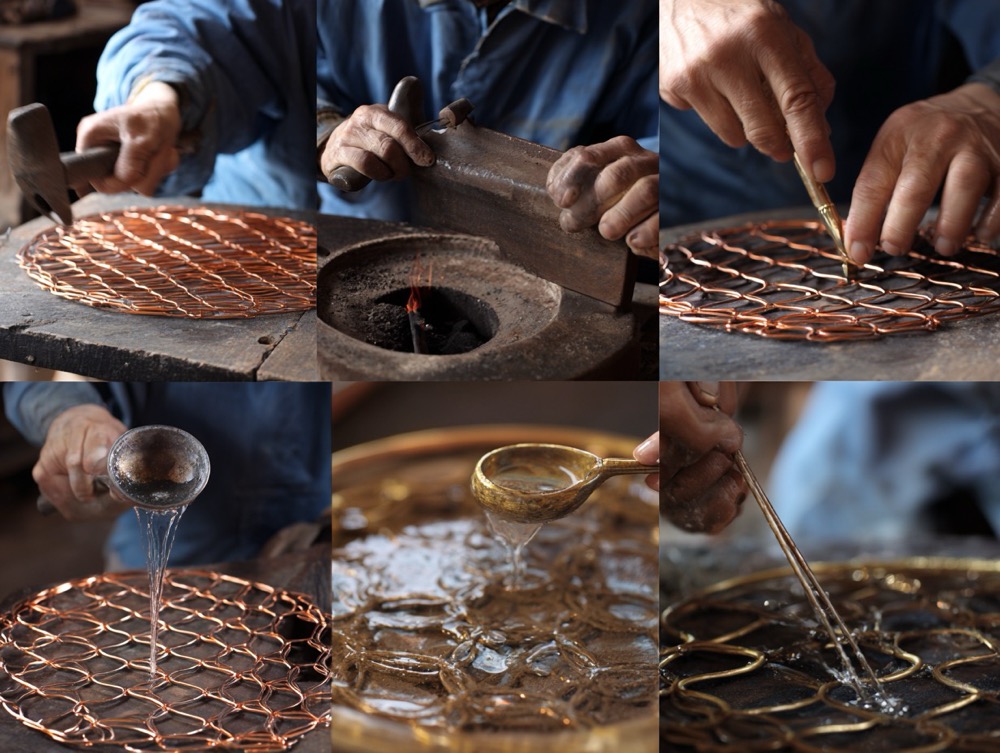
Cloisonné comes in a wide variety of types, each embodying unique cultural meanings and artistic styles. Classified by use, it can be divided into decorative pieces, daily utensils, and ornaments. Decorative pieces like tripods, censers, vases, and zun (ritual vessels) have solemn shapes and often feature dragon and phoenix or auspicious patterns. They are suitable for placement in living rooms or studies to showcase cultural taste. Daily utensils such as bowls, plates, and tea sets retain traditional craftsmanship while emphasizing practicality. Their smooth enamel surfaces are easy to clean, bringing royal craft into daily life. Ornaments like wall hangings, small decorations, and jewelry are compact with exquisite patterns. For example, Cloisonné pendants and bracelets combine traditional elements with modern aesthetics, winning popularity among young people. Classified by patterns, the “interlocking lotus pattern” is a classic design, with winding branches and leaves symbolizing “endless life”. The “dragon and phoenix pattern” represents imperial power and auspiciousness, often used on artifacts for important occasions. The “landscape pattern” integrates painting into enamel, presenting the profound artistic conception of Oriental aesthetics.
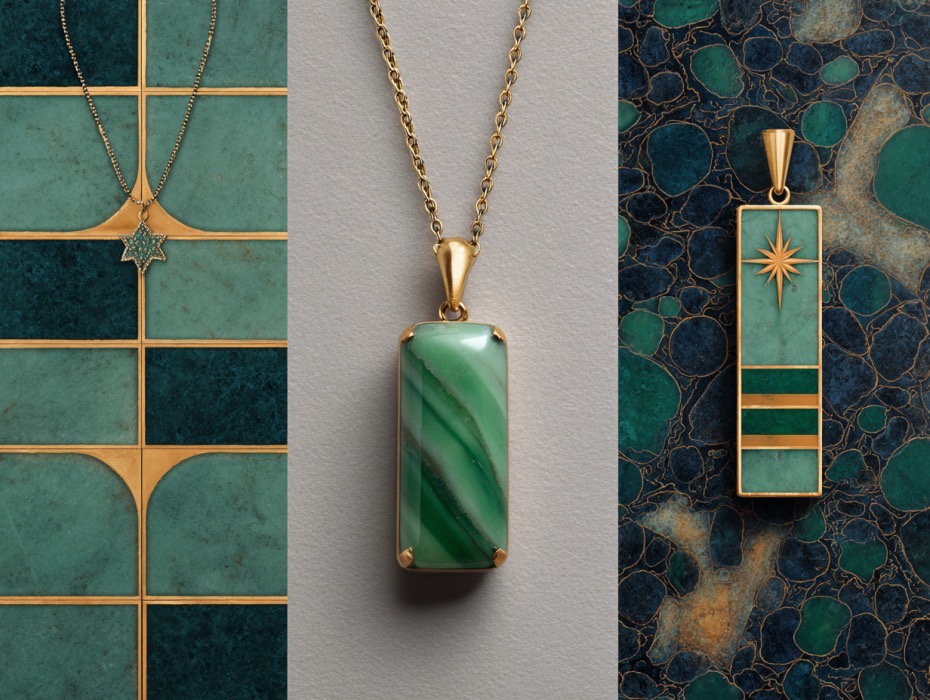
In modern society, Cloisonné has not faded with the changes of the times but has gained new vitality through inheritance and innovation. On one hand, traditional craftsmanship is systematically protected: in 2006, the “Jingtai Blue Making Technique” was included in the National Intangible Cultural Heritage List. Inheritance bases have been established in Beijing, Hebei, and other regions, where veteran craftsmen pass down core techniques like wire bending and enamel filling to the younger generation through the “master-apprentice” model. On the other hand, craft innovations continue to emerge. Craftsmen combine Cloisonné with other techniques, such as inlaying with jade and matching with wood carving, to create composite artworks. At the same time, design concepts keep pace with the times, launching minimalist-style Cloisonné decorations and jewelry integrated with popular elements to meet contemporary aesthetic needs. In addition, Cloisonné has been repeatedly used as “national gifts” for foreign heads of state. For example, during the 2014 APEC meeting, Cloisonné gifts showcased the charm of Chinese craftsmanship to the world. At international art exhibitions, Cloisonné works have also won high praise, becoming a cross-border cultural symbol.
From the royal utensils of the Jingtai reign in the Ming Dynasty to the craft peak of the Qing Dynasty, and to the innovative inheritance of today, Cloisonné has always used gold wires as a brush and enamel as color to interpret the Chinese people’s pursuit of dignity and exquisiteness. It is not only a collection of exquisite artworks but also a series of vivid historical memories and an enduring cultural heritage. In the new era, with its 600-year accumulated royal temperament, Cloisonné transcends time, space, and national borders, telling the immortal legend of Chinese metalworking art to the world.
